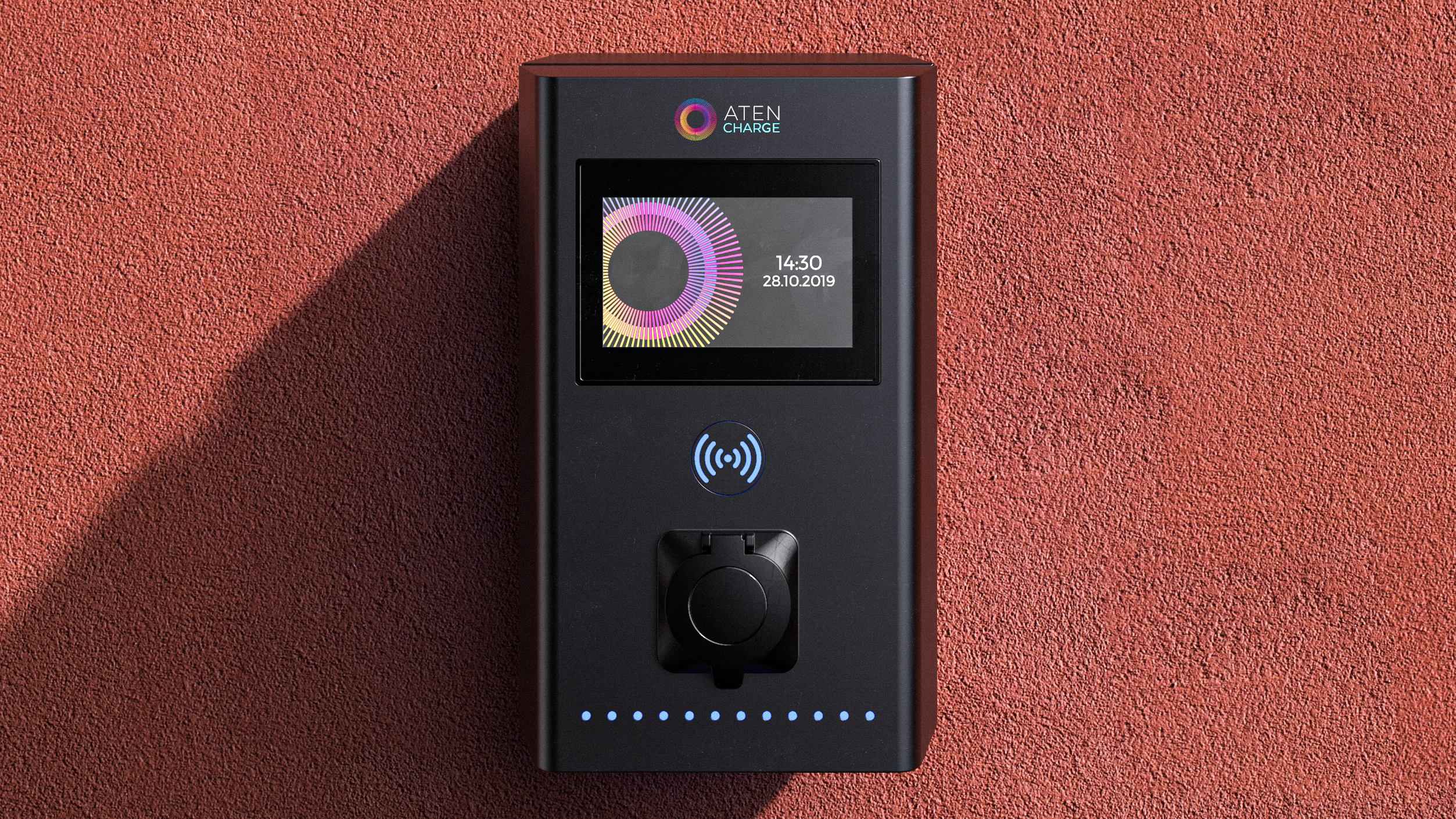Sustainable Product Innovation: Enhancing the Circular Economy through Design, and Technology

In our fast paced world, sustainability has become a concern for individuals as well as businesses and industries worldwide. The concept of a circular economy has gained attention as an effective solution to tackle the environmental challenges caused by traditional linear production systems. In this article, we will delve into the intricacies of designing for a circular economy, sustainable product innovation and how we can leverage technology for a greener world, whilst highlighting industrial design key principles to reduce waste and promote sustainable design practices.
Table of Contents
Understanding the Circular Economy
The circular economy represents an approach to production and consumption that aims to minimise waste while maximising resource utilisation. The circular economy proposes a closed loop system where resources and goods are continuously reused, refurbished, and recycled, in contrast to the linear model where products are made, consumed, and destroyed.
Designing for Longevity; To foster sustainability it is important to create products that have a lifespan thereby reducing the need for replacements. This does not conserve resources. Also minimises waste generation.
Material Selection; An essential aspect is choosing eco materials that’re easily recyclable or biodegradable. Designers should give priority to materials that have an impact on the environment.
Modularity and Repairability; It is important to design products with components allowing users to easily repair or replace parts instead of having to replace the entire product.
Closed Loop Systems; Embracing closed loop systems ensures that products can be remanufactured, refurbished or recycled when they reach the end of their life cycle.
Enhancing the Circular Economy: The Benefits of Sustainable Product Design and Innovation
Environmental Impact: Designing for an economy has a positive impact on the environment. By reducing waste and conserving resources we can greatly reduce the footprint of industries and businesses.
Economic Benefits: Circular design practices can result in cost savings by reducing material consumption and waste disposal costs. Additionally businesses can explore revenue streams by offering repair and refurbishment services.
Enhanced Brand Reputation: Companies that prioritise sustainability and design practices often enjoy a brand reputation. Consumers are increasingly inclined to support businesses.
Overcoming Challenges: Implementing design principles may come with challenges such as investment costs and resistance to change. However the long term benefits outweigh these challenges and early adopters can gain an advantage.
Designing for an economy is more than making an environmentally responsible choice; it’s also a savvy business strategy. By integrating essential design principles into your products and operations you can cut down on waste, minimise your impact and position your business as a sustainability leader. The circular economy represents the future of design. Embracing it today will ensure a greener and more prosperous tomorrow.

How can we utilise Technology for Sustainable Product Innovation
When it comes to technology and sustainable product innovation Bluefrog Design has been at the forefront of developing groundbreaking solutions that not only meet the demands of eco conscious consumers but also drive positive change in our world. Our dedication to sustainability and technology has enabled us to create products that outshine our clients competitors while providing value and reducing the footprint for our clients.
Sustainable Product Innovation through Energy Sources
We recognise the impact that renewable energy sources have on product development. Our research and development teams are diligent. Utilised recyclable materials, in product innovation.
Selection of Materials
In our pursuit of eco product innovation our team of product design consultants prioritises the use of sustainable materials.
Our team of engineers and designers carefully selects materials that can be recycled, biodegraded or have an impact on the environment. This commitment also extends to the packaging materials we use, ensuring that every aspect of our products life cycle aligns with principles.
A Commitment to Eco-Friendly Manufacturing
Efficient Production Processes: We understand the importance of efficiency in manufacturing. That’s why we have implemented production processes that minimise waste, energy consumption and emissions. By optimising our manufacturing techniques we do not reduce costs. Also contribute to a healthier planet.
Supply Chain Responsibility: We take responsibility for our supply chain by collaborating with our suppliers to ensure they follow responsible practices. This partnership guarantees that our entire supply chain operates in harmony with our sustainability goals.
Driving Innovation Through Green Initiatives: Innovation is at the core of our success. To stay ahead of the curve in technology, we consistently invest in research and development. Our dedicated teams are always exploring ideas and technologies that push the boundaries of what’s possible.
In conclusion, Bluefrog Design is a shining example of sustainable product innovation and environmental consciousness in the changing world of sustainability and technology. Our dedication, to practices, eco friendly manufacturing and state of the art technology has placed us at the forefront of our industry. As we strive to push limits and explore possibilities, we warmly invite you to discover our services in product design, innovation and development.
If you would like to see more on our services
If you would like to hear more on how we can improve the quality of your products or help with your product development, please contact Bluefrog Design at mail@bluefrogdesign.co.uk
FAQ’s on Sustainable Product Innovation
What is sustainable product innovation?
Sustainable product innovation involves creating new products or redesigning existing ones to minimise environmental impact, promote social well-being, and drive economic growth. It encompasses utilising eco-friendly materials, reducing waste through efficient manufacturing processes, and designing for product longevity. It also considers the product’s entire lifecycle, from sourcing raw materials to end-of-life disposal or recycling. The aim is to meet current needs without compromising future generations’ ability to meet theirs, supporting a circular economy where products and materials are reused and regenerated. This approach often leads to breakthroughs in technology and sustainable practices that can offer competitive advantage and align with consumer values.
What makes a product sustainable?
A sustainable product is designed with consideration for its environmental, social, and economic impacts throughout its lifecycle. Key factors include the use of eco-friendly materials, colours and finishes, energy-efficient production, and minimal packaging. It should be durable, repairable, and, ideally, upgradable to extend its lifespan. End-of-life factors are crucial; the product should be recyclable or biodegradable to prevent waste. The product’s sustainability also includes ethical labour practices and a supply chain that prioritises the well-being of workers and communities. By reducing the ecological footprint and contributing positively to society, a product can be considered truly sustainable.
What are examples of sustainable innovation?
Sustainable innovation examples include solar panels, which harness renewable energy, reducing reliance on fossil fuels. Electric vehicles are another, cutting down on greenhouse gas emissions. Biodegradable packaging made from plant-based materials addresses the plastic waste crisis. LED lighting, which uses significantly less energy than traditional bulbs, is an energy-efficient solution. Sustainable agriculture practices that use less water and no harmful pesticides help preserve ecosystems. Fast-fashion alternatives, like clothing made from recycled fabrics and ethical sourcing, tackle industry waste and labour issues. Water-saving appliances, such as low-flow toilets, contribute to conservation efforts, showcasing diverse ways innovation promotes sustainability.
Ready to get started on a project?
Socials




2 Comments